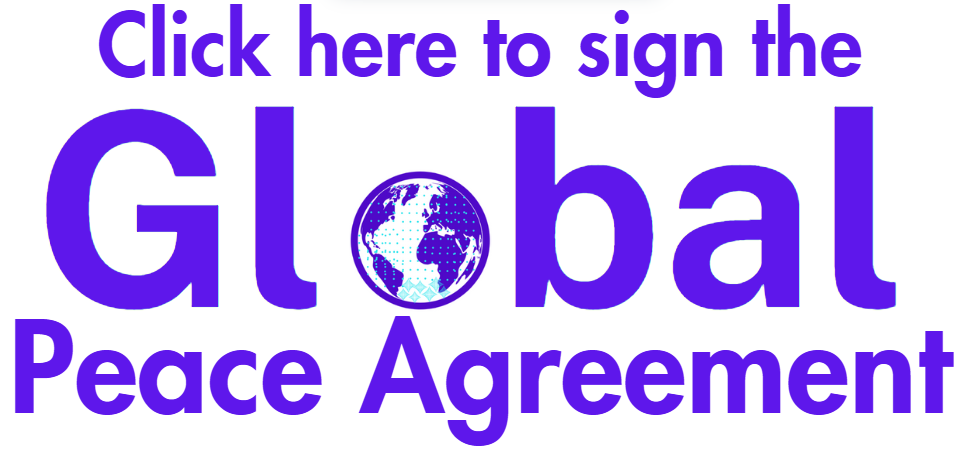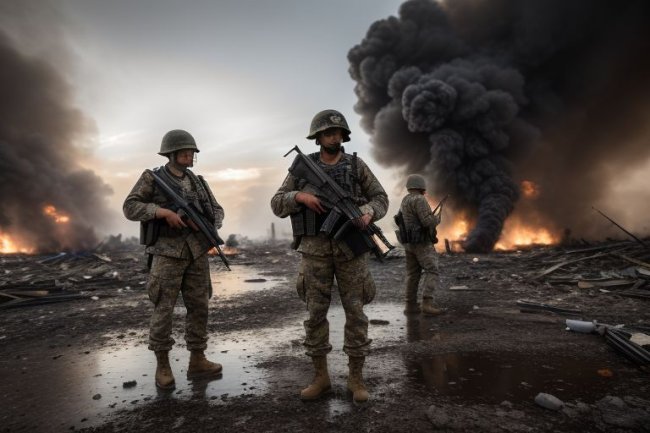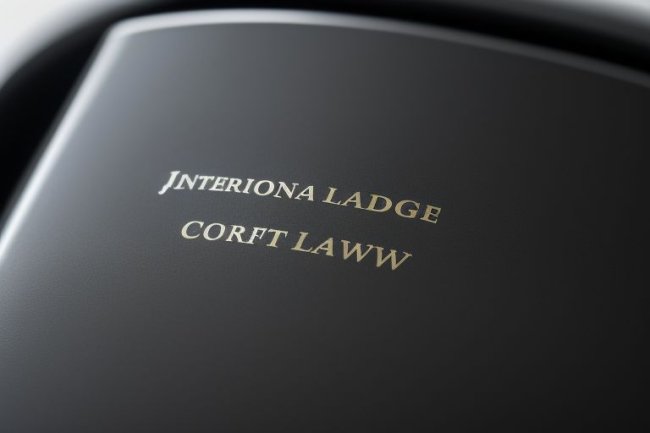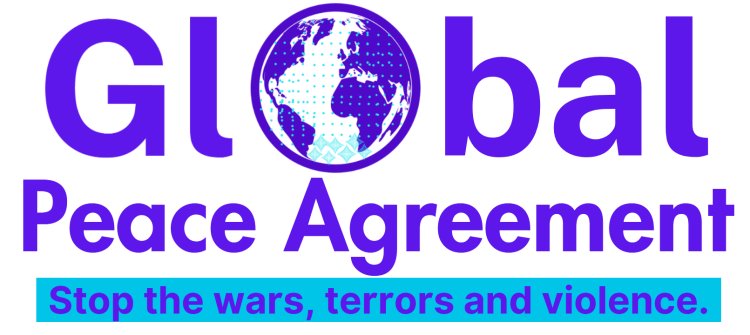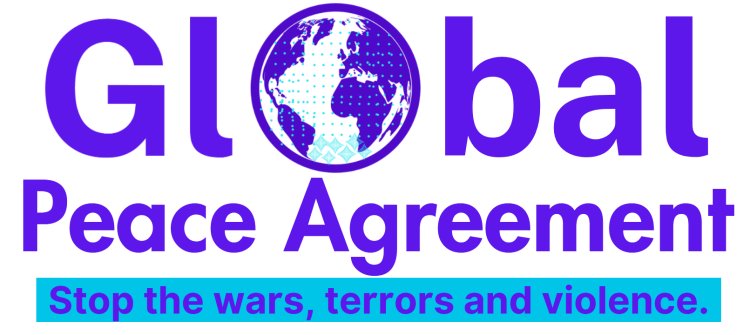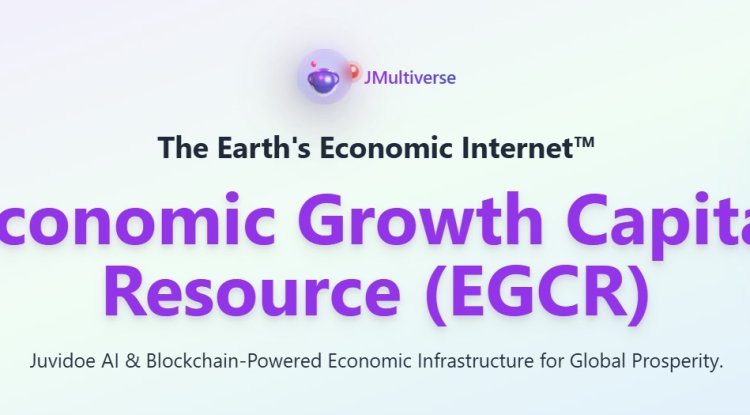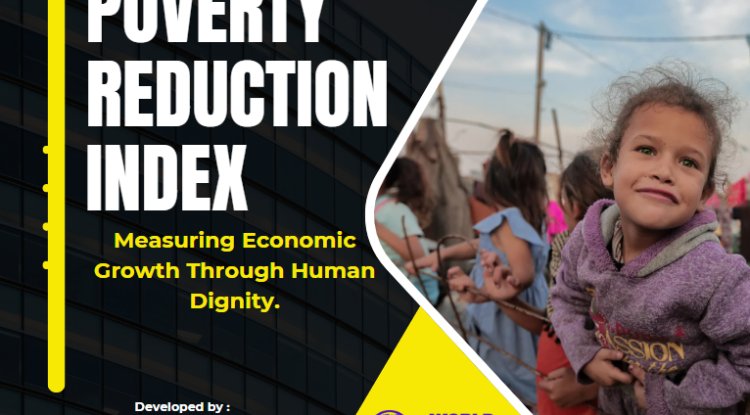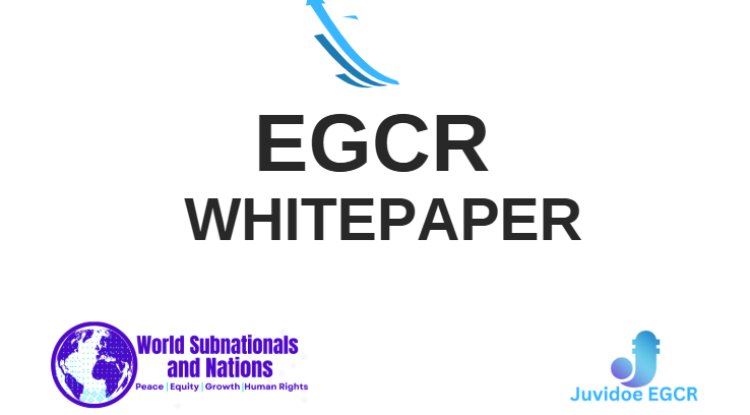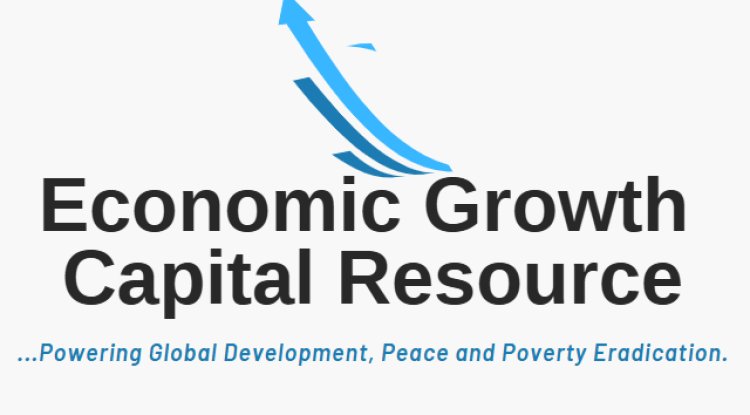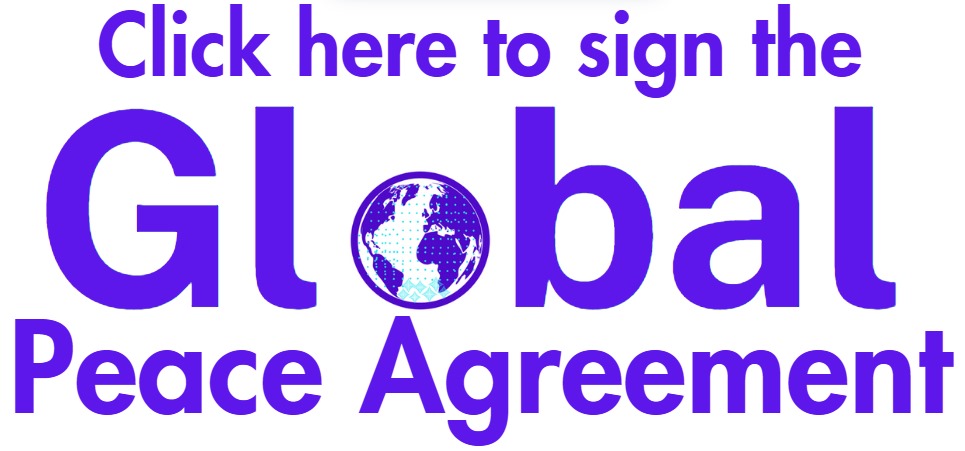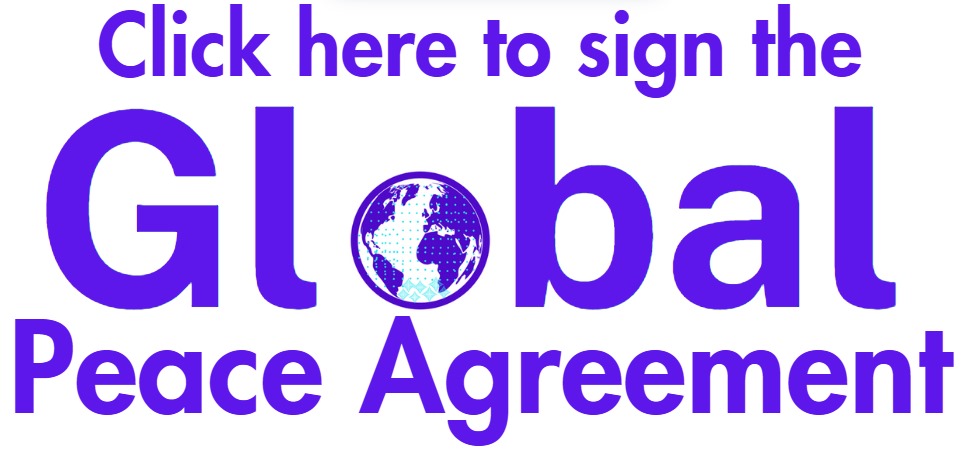Overcoming Communication Barriers And Cultural Differences
Effective communication is the bedrock upon which human interaction thrives, facilitating understanding, cooperation, and empathy among individuals and communities. It is the art of conveying thoughts, emotions, and ideas in a manner that is clear, respectful, and conducive to mutual comprehension. When communication is successful, it creates a bridge between people, fostering connection and empathy, enabling them to navigate challenges and resolve conflicts. In ordinary times, effective communication is a powerful tool for building relationships, encouraging collaboration, and enhancing societal cohesion.
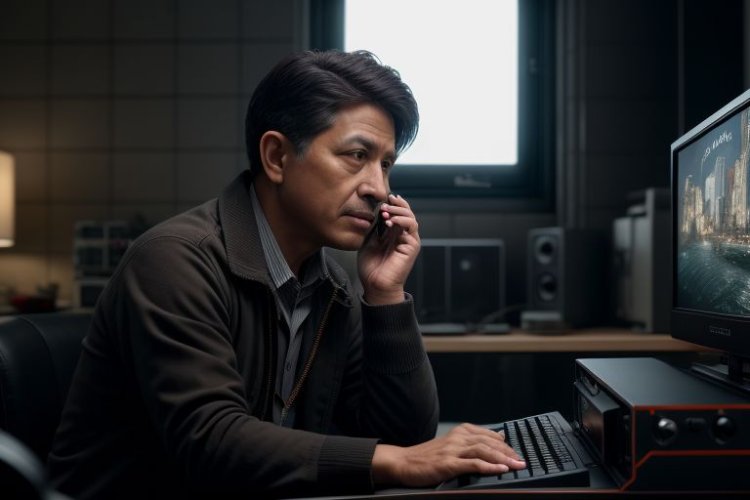
However, communication faces formidable challenges during conflict and war that hinder the path to a peaceful resolution and escalate hostilities. In these situations, communication barriers arise, creating divisions and frictions that exacerbate the existing conflicts. These barriers may take various forms and stem from cultural, emotional, informational, and power imbalances.
Cultural differences can present significant challenges to communication during conflicts. When confronted with opposing cultures, individuals may interpret gestures, symbols, and language differently, leading to misunderstandings and unintentional offense. Cultural norms, traditions, and values can color the parties' perspectives, making it challenging to find common ground for dialogue and compromise.
Emotional turmoil and psychological trauma are inevitable consequences of conflict and war. Fear, anger, and grief grip individuals and communities, causing people to become guarded, defensive, and unwilling to communicate openly. Emotional barriers can prevent the free expression of thoughts and concerns, further isolating parties and making resolution elusive.
Information control and propaganda are common tactics employed during conflicts and wars. Conflicting parties may manipulate information, censor news, and spread biased narratives to shape public opinion and garner support. Such tactics create information gaps and fuel misinformation, making it difficult for the public to discern the truth and making productive dialogue elusive.
Power imbalances often surface during conflicts, with one side holding significantly more influence, resources, or control than the other. This disparity can silence the voices of the marginalized and oppressed, preventing them from participating in meaningful dialogue. Power dynamics can also lead to one party imposing its will upon the other, generating resentment and breeding further animosity.
The heightened stakes and intensified emotions can lead to misunderstandings and misinterpretations during conflicts and wars. In times of communication, non-verbal cues like body language and facial expressions take on even greater significance. Nevertheless, cultural disparities can lead to misinterpretations of these non-verbal cues, potentially leading to unintended conflicts and misunderstandings.
Communication barriers and differences during conflict and war are complex and multifaceted. Cultural, emotional, informational, and power-related factors all contribute to the breakdown of effective communication. These barriers hinder the establishment of trust, empathy, and cooperation among conflicting parties, making the path to a peaceful resolution seem uncertain.
To effectively address these communication barriers, it is essential to cultivate an environment of open and empathetic communication. Active listening and empathy play a pivotal role in breaking down walls and establishing a foundation for understanding. By genuinely listening to the concerns, perspectives, and emotions of others, individuals can begin to bridge the gaps and find common ground.
Bridging cultural and linguistic gaps is equally crucial in overcoming communication barriers. Employing skilled interpreters and cultural mediators can facilitate accurate translations and promote cultural understanding, fostering respect and inclusivity.
Transparency and open dialogue are fundamental in dispelling misinformation and propaganda. By providing unbiased and reliable information to the public, governments, organizations, and the media can create platforms for constructive discussions, encouraging honest exchanges of ideas and perspectives.
Addressing psychological barriers requires support and understanding for individuals affected by conflict. By creating safe spaces for people to express their emotions and traumas, healing can begin, and open communication can flourish.
Establishing neutral platforms and involving third-party facilitators can help level the playing field during conflict resolution. Neutral mediators can ensure that all parties' voices are heard, enabling fair and unbiased negotiations.
Promoting non-violent communication techniques can create a respectful and cooperative environment for dialogue. By expressing feelings and needs without resorting to aggression or blame, individuals can work towards finding common ground and lasting solutions.
Acknowledging and addressing communication barriers and differences during conflict and war is crucial to fostering peaceful dialogue and resolution. Effective communication is powerful in preventing escalation, promoting understanding, and cultivating empathy. By transcending these barriers and embracing open, honest, and empathetic communication, conflicting parties can build bridges toward peace, preventing wars and laying the foundation for lasting harmony and cooperation.
Sustainable Solutions Through Consensus-Building And Compromise
In a world filled with overt and simmering conflicts beneath the surface, the pursuit of peace becomes an urgent and paramount goal. It is an aspiration that transcends borders, cultures, and ideologies, compelling humanity to seek solutions that can forge lasting peace at the local and global levels. Achieving this grand vision requires concerted efforts and deliberate actions that embrace the power of meaningful dialogue, consensus-building, and compromise.
Consensus-building is an artful and collaborative process that aims to bridge the chasms between individuals or groups with diverse perspectives and interests. It becomes the cornerstone for resolving conflicts and erecting solutions that can withstand the test of time. Embracing inclusivity lies at the core of consensus-building, ensuring all stakeholders have a voice in decision-making. Giving value to each participant's input fosters an environment where inclusivity empowers all parties involved.
Moreover, consensus-building lays the foundation for empathy and understanding among conflicting parties. Active dialogue and open communication foster a sense of camaraderie among these entities. They gain invaluable insights into each other's concerns and aspirations as they engage in respectful conversations. This collective understanding breaks down barriers to cooperation, and thus, the path toward peace becomes clearer.
Trust, an indispensable element in any peaceful endeavor, blossoms naturally from the collaborative nature of consensus-building. As mutual respect and trust take root, stakeholders become more inclined to work together in unison. This cultivation of trust and collaboration fosters an environment where constructive dialogue flourishes. It is within this realm that sustainable solutions find their nurturing ground.
Building consensus also stimulates originality and ingenuity in problem-solving. Participants set off on a voyage of research and discovery by incorporating a variety of viewpoints and ideas.
In the realm of potential resolutions, avenues and approaches that were previously overlooked come to light. This infusion of creativity injects vitality into the process, elevating the chances of finding the most suitable and lasting solutions.
In pursuing peace, compromise emerges as the key that unlocks the doors to sustainability. It represents the willingness of conflicting parties to seek a middle ground and make concessions to meet the needs and interests of one another. In essence, compromise demands flexibility, open-mindedness, and a genuine commitment to prioritize the collective good over individual gains.
Challenging the zero-sum mindset that often perpetuates conflicts, compromise advocates for win-win outcomes. It shifts the narrative away from one side's gain at the expense of the other. Instead, it promotes resolutions where all parties benefit and finds value. In doing so, compromise harmonizes interests, fostering a sense of unity and purpose among stakeholders.
Recognizing shared goals becomes another pivotal aspect of compromise. This practice allows conflicting parties to identify the common threads that weave through their aspirations. This newfound recognition strengthens the stakeholder bond, laying a firm groundwork for cooperation. In embracing compromise, parties commit to long-term stability by addressing the underlying issues that fuel conflicts. Instead of scratching the surface, they delve deeper into the root causes perpetuating hostilities. The solutions they devise address these issues at their core, reducing the likelihood of future disputes.
Historical grievances, often deeply embedded within the fabric of conflicts, present formidable obstacles to peace. Yet, compromise provides a pathway to overcoming these long-standing rifts. Conflicting parties can transcend historical conflicts by acknowledging past injustices and finding ways to reconcile. Compromise acts as the bridge that carries them toward a future untethered by the burdens of the past.
At the local level, the significance of consensus-building and compromise in fostering peace becomes ever more evident. Engaging in inclusive dialogue becomes imperative in communities where historical, cultural, or economic issues fuel conflicts. Embracing the principles of consensus-building and compromise, communities find themselves on the path to bridging ethnic and cultural divides. They uncover shared values that form the basis for harmonious coexistence through dialogue emphasizing inclusivity and compromise.
Resource conflicts, a prevalent issue in many communities, demand solutions that transcend individual interests. By involving all stakeholders in the dialogue, communities can find sustainable resolutions that ensure equitable access to resources. Compromise, emphasizing finding a middle ground, becomes the key to unlocking the door to a shared prosperity that benefits all.
Addressing the vulnerability of youth to radicalization presents yet another challenge to local peace. By engaging young people in dialogue and considering their perspectives, communities can address the root causes of radicalization. Compromise ensures that the concerns of the youth are not only heard but integrated into the pursuit of peace.
Strengthening local governance proves vital in fostering peace within communities. Communities establish a transparent and accountable governance framework by encouraging citizen participation in decision-making processes. As communities work together to address challenges, a sense of ownership and responsibility is nurtured, driving the pursuit of sustainable peace.
On the grand stage of international relations, fostering peace becomes a collective responsibility. Nations, international organizations, and civil society all play crucial roles in pursuing global peace. Multilateral diplomacy embodies the principles of consensus-building and compromise, enabling negotiations and dialogue between multiple nations. This cooperative approach facilitates an array of solutions to address global challenges.
Conflict mediation and peacekeeping initiatives focus on bringing conflicting parties to the negotiating table. Mediators pave the way for peaceful dialogue by employing the principles of consensus-building and compromise. Sustainable solutions can emerge through these dialogues, becoming the solid foundations for lasting peace.
Environmental challenges, such as climate change, demand global cooperation on an unprecedented scale. Embracing compromise and dialogue, nations can unite to pursue collective environmental goals. In these collaborative efforts, preserving the planet for future generations takes center stage.
Nuclear disarmament and non-proliferation efforts necessitate dialogue and compromises among nuclear and non-nuclear states. Sustainable peace in a nuclear-powered world can only be achieved through mutual trust and shared commitments to global security. By fostering a culture of compromise, nations can work together towards the shared goal of a world free from nuclear war.
The pursuit of peace demands a multifaceted approach that embraces consensus-building and compromise. Through inclusivity, empathy, and creativity in dialogue, communities can find common ground and effectively address conflicts. Compromise lays the groundwork for enduring peace with its commitment to unity and shared prosperity. From the local level to the grand stage of international relations, these principles serve as potent tools to prevent war and create a world where peace flourishes. Embracing these principles invites humanity to forge a better future where dialogue and understanding triumph over hostility and conflict. Only through the concerted effort of every individual and nation can we build a world where the pursuit of peace is an ever-unfolding reality.

